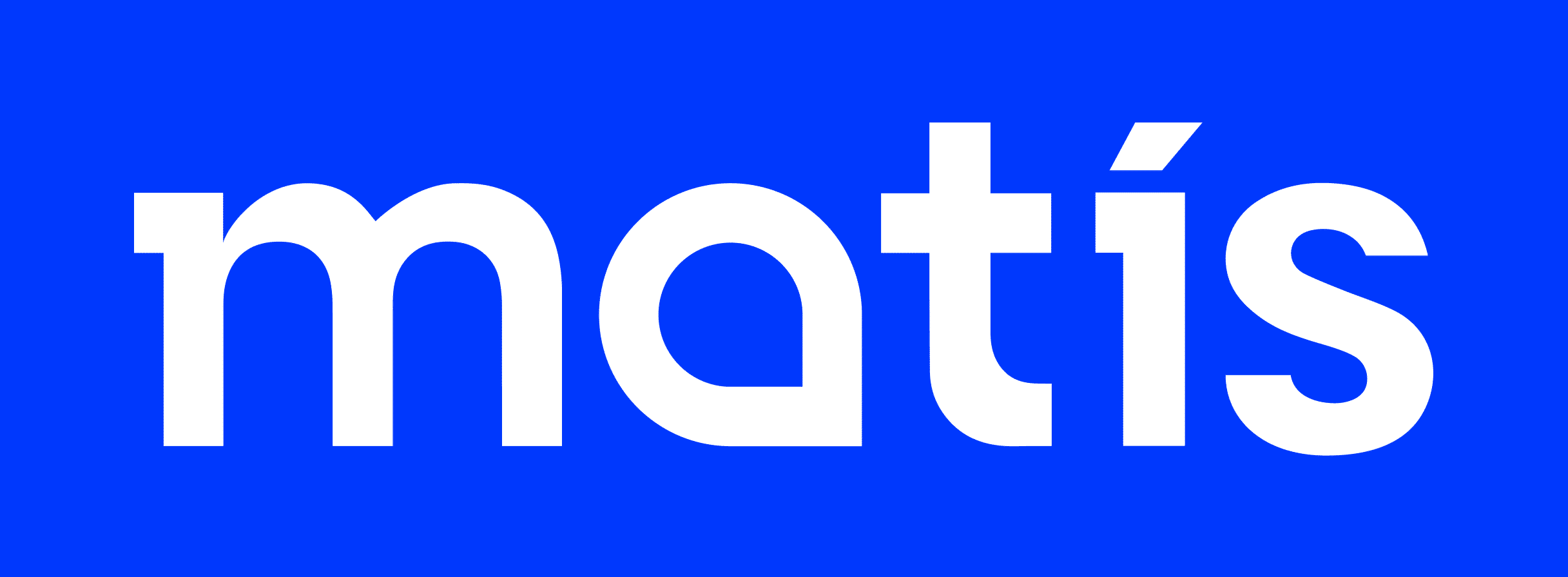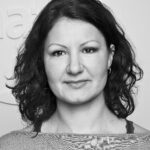In the project, an assessment was made of the ratio of meat, fat and bones in lamb meat. Carcasses from the meat evaluation categories O-2, R-2, R-3, U-2, U-3, U-3+, and E-3 were selected for the evaluation, nine carcasses from each evaluation category, a total of 63 carcasses. Carcasses from these categories cover the 92% production based on the division into meat food categories in 2021. Carcasses were selected on three different slaughter days, in two slaughterhouses, in the north and the south, in such a way that the head of the meat evaluation department at the Food Agency, selected all carcasses and confirmed that each a carcass would be a traditional carcass in its assessment category and not at the edge of the category. The day after slaughter, the carcasses were split in half. One half was divided into thighs, forequarters, loins and loins according to the traditional division, while the other half was divided into three weight categories, lightweight under 14.5 kg, medium 14.5 - 16.8 kg and heavy 16.9 - 19.0 kg. The halves were then divided in different ways, with parts going into the various products. Precision deboning was applied to both halves of the lamb carcasses to find the division of the various cuts and products into meat, fat, bone and sinew. Atrophy was also found due to loss of ossification.
Meat utilization (meat ratio) for the lamb carcasses as a whole was 59.0 (50.7-67.3)%, fat ratio was 16.2 (9.7-28.0)%, bone ratio was 17.7 (13.4- 22.1)% and the tendon ratio was 6.3 (4.4-8.1)%. Atrophy during precision boning was 1.1 (0.0-2.5)%. The average meat utilization was highest in the evaluation category U-2, except for the front part, where the utilization was somewhat higher in E-3. Within the flesh filling categories U and R, it was clearly seen how the percentage of fat changes according to the definitions of fat categories.
The proportion of meat, fat and bones in different quality categories confirms that the meat assessment is realistic and in accordance with the definitions behind the assessment.
The proportions of meat, fat, bones, tendons and shrinkage were found for 30 lamb products from selected weight classes. High meat percentage was obtained for thigh without rump, hip bone and tail bone from heavy carcasses (74%) and thigh with shank without hip from both light and medium carcasses (69%).
Measurements were made of nutrients in lamb pieces and lamb products. Heavy metal measurements were made on lamb pieces. These results will be useful for packaging labeling and for providing information to consumers and retailers. The lamb meat was so rich in vitamin B12, vitamin folate, potassium and zinc that it is permissible to label these substances as part of the meat's nutrition label on the packaging. The heavy metals mercury, cadmium, lead and arsenic were not measurable in the meat, i.e. were below the limits that could be safely measured. This limit is very low and therefore the possible concentration of heavy metals is extremely low.
Sampling of lamb offal and other side products took place in three slaughterhouses, at SS in Selfoss, KS in Sauðárkrók and Norðlenska in Húsavík. Samples were obtained from liver, kidney, heart, lung, testicle, esophagus, pancreas, spleen, and blood. Chemical measurements were made on selected nutrients and heavy metals. The lamb offal and by-products are rich in iron and selenium, but these substances are important nutrients. All samples reach significant levels of selenium. In the case of significant quantities, labeling of food packaging is permitted according to the labeling regulation. Most of the samples reached significant levels of iron. The heavy metal cadmium was detectable in liver and kidney but not in other samples. Mercury, lead and arsenic were not measurable in the samples, although with the exception that mercury in the kidneys was measurable.
Chemical measurement results call for attention and improvements in labeling and information.
Meat, fat, and bone ratios of Icelandic lamb – Chemical composition of lamb meat and side-products
Meat, fat, and bone ratios of Icelandic lamb meat, were studied. Carcasses from the EUROP classes: O-2, R-2, R-3, U-2, U-3, U-3+, and E-3 were selected, nine carcasses from each class, a total of 63 carcasses. Carcasses from these classes represent 92% of the lamb meat production in Iceland as reported for 2021. Carcasses were selected during three slaughtering days, in two slaughterhouses in north and south Iceland. The EUROP classifications of carcasses were confirmed by a specialist from the Icelandic Food and Veterinary Authority.
The carcasses were divided into halves the day after slaughtering. One half was divided into traditional cuts: leg, forequarter, saddle, and flank. The other half was used for the study of various cuts, where each product was made from one of three selected carcass weight ranges: light carcasses below 14.5 kg, medium carcasses 14.5-16.8 kg and heavy carcasses 16.9-19.0 kg. Deboning was carried out on all products and yields were reported (meat, fat, bones, tendons). Wastage due to cutting, and deboning was reported.
Tissue ratios for whole lamb carcasses were on average 59% meat, 16% fat, 18% bones, and 6% tendons. Wastage during cutting and deboning was 1.1%. The meat yields were highest for class U-2, except for forequarter which had a bit higher meat yield for class E-3. For conformation classes U and R, it was clear that fat yields were related to the definitions of fat thickness for fat classes 2, 3 and 3+.
Yields were reported for meat, fat, bones, and tendons in 30 meat products. Highest meat yields were for leg products (74% and 69%).
Selected nutrients were analyzed in legs, forequarters, saddles, flanks, and several products. The results will be used for labeling and dissemination. Lamb meat was rich in vitamin B12, folate, potassium, and zinc. These nutrients can be used for nutrition declarations of the meat. The heavy metals mercury, cadmium, lead, and arsenic were below the quantification limits in lamb meat. The quantification limits were very low.
Sampling of lamb organ foods and side-products was carried out in three slaughterhouses. The following side-products were sampled: Liver, kidneys, heart, lungs, testicles, gullet, sweetbread, spleen, and blood. Selected nutrients and heavy metals were analyzed. These products were generally rich in selenium and iron which can be used for nutrition declarations in most cases. The heavy metal cadmium was reported for liver, and kidneys, cadmium was however below the quantification limit in other products.





